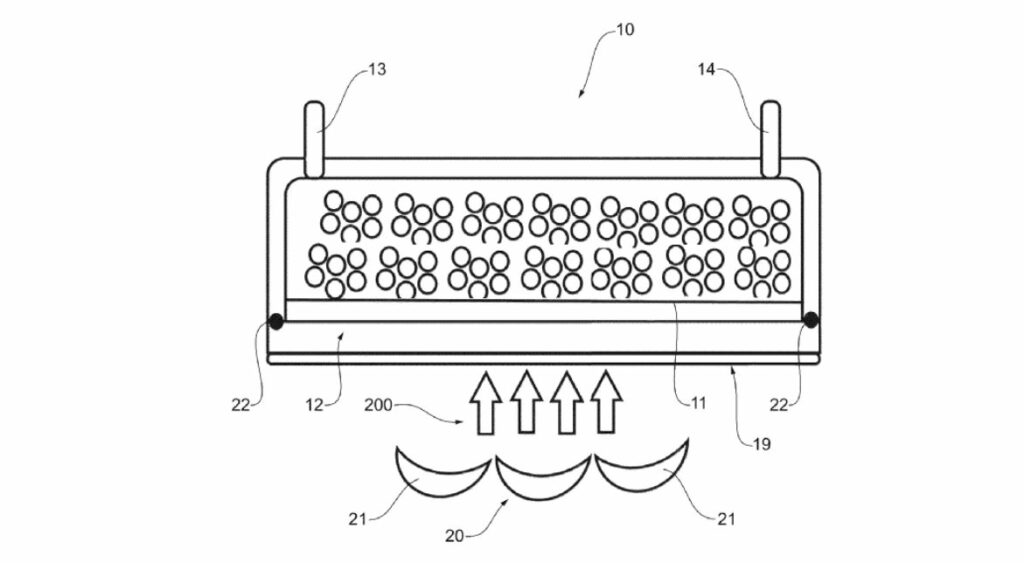A recent patent, submitted by the University of Adelaide on June 13, 2024, discloses a groundbreaking method and apparatus for the photocatalytic splitting of water (H₂O) to produce hydrogen and oxygen. This technology leverages a radiation source covering both high-energy ultraviolet (UV) and low-energy infrared (IR) light, utilizing the full spectrum to maximize efficiency in the water-splitting process.
Features and Improvements
One of the standout features of this patent is its comprehensive use of the entire light spectrum, from UV to IR, to catalyze the splitting of water molecules. Traditional methods often focus on a narrow range of light wavelengths, limiting their effectiveness. By employing a broader spectrum, the efficiency of the catalytic process is significantly enhanced.
Moreover, the apparatus includes a radiation concentrator assembly featuring at least one optical element specifically designed to direct radiation onto a photocatalyst. This precise focus on the photocatalyst optimizes energy absorption and facilitates higher hydrogen production rates.
Potential Applications
This patented technology’s primary application is the production of hydrogen fuel, a clean and renewable energy source. The hydrogen generated can be stored and later used in various industries, including fuel cells for vehicles, energy storage systems, and industrial processes requiring hydrogen as a reactant.
